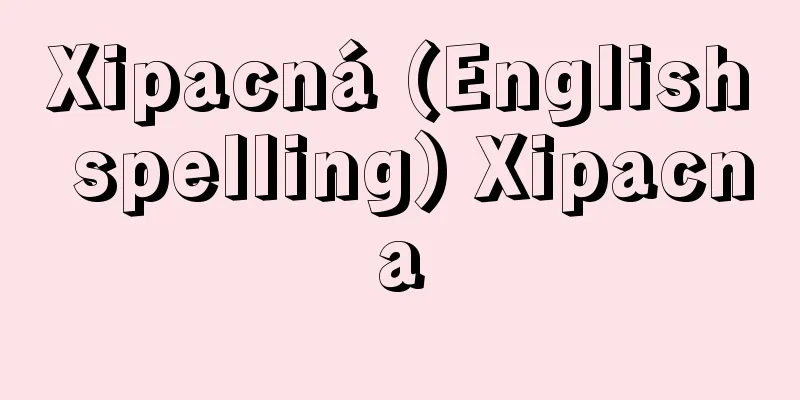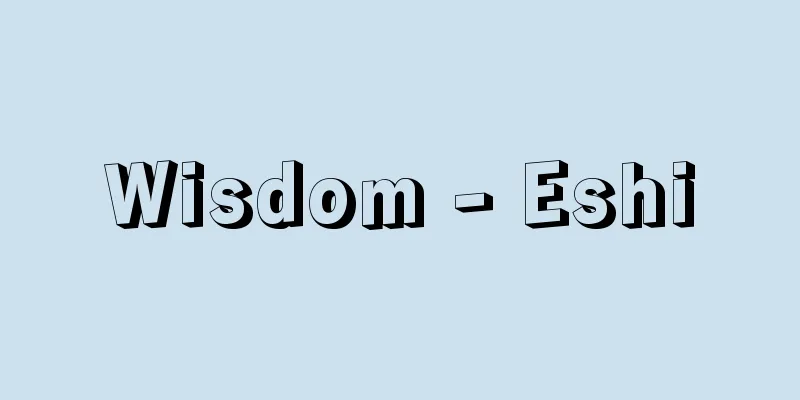Xipacná (English spelling) Xipacna

|
…(2) Legends of giants as violent ancient gods who resist the formation of a new order. Examples include the Gigantes and Titans of ancient Greek mythology, and Cabracan and Xipacná in the Popol Vuh mythology of the Quiche indigenous peoples of Guatemala. (3) Myths of strange creatures about unknown, foreign peoples, such as the image that Europeans had of the inhabitants of distant Asia up until the 15th century. … *Some of the terminology explanations that mention "Xipacná" are listed below. Source | Heibonsha World Encyclopedia 2nd Edition | Information |
|
…(2)新秩序の形成に抵抗する荒ぶる古神としての巨人伝説。古代ギリシア神話のギガンテスやティタン,グアテマラのキチェー族原住民のポポル・ブフ神話のカブラカンCabracánやシパクナーXipacnáなどがこれに当たる。(3)15世紀までのヨーロッパ人が遠いアジア地方の住民について抱いたイメージのような,未知の異民族に関する異形神話。… ※「Xipacná」について言及している用語解説の一部を掲載しています。 出典|株式会社平凡社世界大百科事典 第2版について | 情報 |
>>: Ximenia americana (English spelling)
Recommend
Cornelius, P. von (English spelling) Cornelius Pvon
…He also wrote art treatises and poetry as a writ...
Gokanosho
A collective name for the five former villages of...
Overlapping Grip
Overlapping grip: A type of grip used in golf, whe...
Piperonal - Piperonal (English spelling)
A benzene derivative. Also known as heliotropine....
Crassulaceae - Crassulaceae
A perennial plant of the Crassulaceae family (APG...
Tank test
Tests are conducted using models in which various ...
Ceramic tools - Ceramic tools
There are three types of tools made of ceramic ma...
Asborite - Asborite
…Porcelain with a design drawn in gosu and then g...
Ruzicka
A Swiss organic chemist of Slavic descent, born i...
Fibrinogen
A glycoprotein that plays a central role in blood...
Black-legged groundhog - Black-legged groundhog
...They are attracted to lights, and on summer ni...
Basal placenta type - Basal placenta type
...When the central attachment of the ovary is se...
Aphelandra squarrosa (English spelling) Aphelandrasquarrosa
… [Takabayashi Masatoshi]. … *Some of the termino...
Chomo Lhari (mountain)
A mountain in the Bhutan Himalayas on the border b...
Neolinognathidae
...Sheep lice Linognathus ovillus , goat lice L. ...









